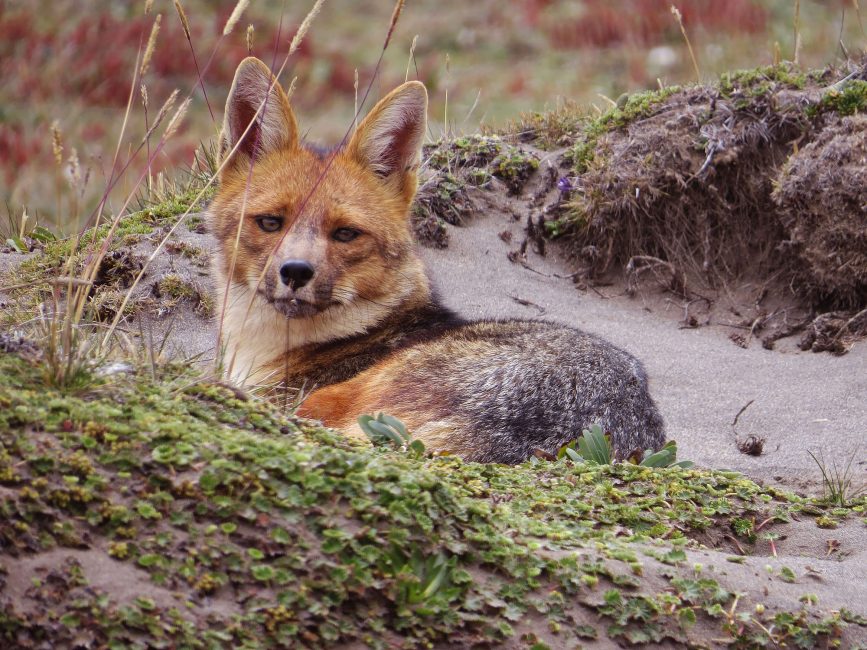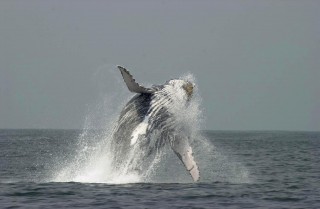
November 20, 2023
Fox Tales, High Andean Wonders
- as seen by -
 Galo Zapata Rios
@WCS Ecuador
Galo Zapata Rios
@WCS Ecuador My first encounter with an Andean fox at the age of eight remains vivid in my memory, signifying my initial exposure to wildlife and catalyzing an enduring fascination with the natural world. Subsequent encounters with Andean foxes in diverse high Andean settings continue to evoke a sense of wonder. The setting of this picture is the picturesque Santa Lucia Lake, nestled within the pristine expanse of Antisana National Park in the Ecuadorian High Andes. The Andean fox, characterized by its sleek coat and agile demeanor, stands as an emblem of the untamed beauty thriving in the high-altitude landscapes of this biodiverse region.
Exploring the natural history of the Andean fox, scientifically known as Lycalopex culpaeus, unveils a captivating amalgamation of ecological adaptability and behavioral complexity. Diurnal and nocturnal, and solitary, it occupies a range of ecosystems along an 8200 to 16,000 feet altitudinal gradient (2500 to 4800 meters). This canid, endemic to the Andean mountains, navigates the rugged terrain with remarkable agility. Its diet, encompassing small mammals, birds, and fruits, highlights its adaptability as an opportunistic and generalist predator.
However, the Andean fox faces threats to its long-term survival, including habitat loss, hunting (attributed to the local belief that its tail brings good fortune), and the impact of invasive species, particularly domestic dogs. Renowned for its striking appearance and tame behavior, the Andean fox serves as a compelling subject for ecological study, embodying the intricate interplay between fauna and the unique ecosystems of the Ecuadorian High Andes.




Leave a Comment